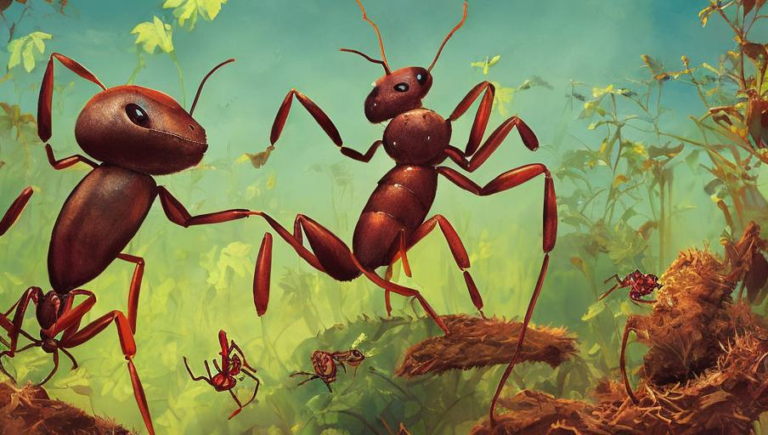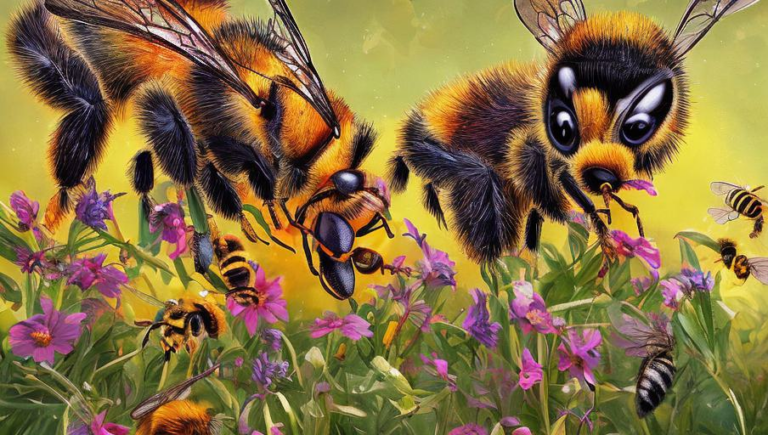Flight Behaviour of Doves

Introduction
The dove is a species of bird that is found on every continent in the world, except Antarctica. It is highly acclaimed for its beauty, grace, and its remarkable ability to soar through the sky. Doves are renowned for their amazing flight behaviour, which is a result of their strong wings, large tail feathers, and curved beak.
Flight Patterns
Doves have the ability to fly at a variety of altitudes and speeds. They typically fly at an altitude of up to 500 feet, but can reach heights of up to 4,000 feet. Doves can fly between 25 and 40 kilometers per hour. One of the most impressive aspects of their flight is that they can fly in a variety of directions and can even perform intricate maneuvers, such as 360-degree turns.
Flight Habits
Doves are known to fly primarily during the day. However, they may fly at night if they need to avoid predators or if they need to find food. When they are in flight, they tend to fly in a straight line, with their wings slightly raised and their tail feathers spread out. They may also fly in a zigzag pattern, which helps them to avoid predators. Doves tend to fly alone, although they may join a flock for protection.
Migration Patterns
Doves are known to migrate seasonally, depending on the availability of food and other resources. They migrate from colder climates to warmer climates during the winter months and then return to their home range in the spring. During their migration, they may fly in large flocks and travel up to 2,000 miles.
Nesting Habits
Doves typically nest in tree cavities, on window sills, or in rock crevices. They usually lay two white eggs and incubate them for about two weeks. The young birds are able to fly within a few weeks and are able to find food and fend for themselves shortly after.
Conclusion
Doves are a beautiful species of bird and have some remarkable flight abilities. Their flight behaviour is an important part of their survival and allows them to migrate, find food, and avoid predators. Understanding the flight habits of doves can provide us with valuable insight into their lives and the importance of conservation efforts.





